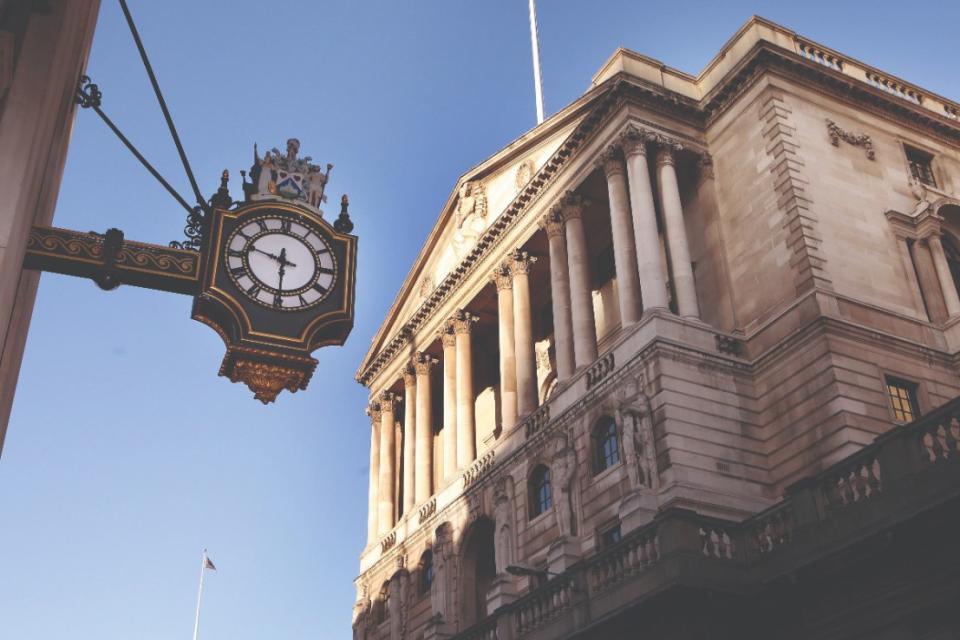Wage growth eases as Bank of England considers interest rate cut

Hopes that the Bank of England might be able to start cutting interest rates in August received a slight boost after new figures showed that wage growth eased in line with expectations.
According to figures from the Office for National Statistics (ONS), annual pay growth excluding bonuses averaged 5.7 per cent between March and May, down from 6.0 per cent last month and in line with expectations.
Including bonuses annual wages also at rose 5.7 per cent, as expected. This was down from 5.9 per cent previously.
This is the first time in nearly two years that annual wage growth has fallen below six per cent. “Earnings growth in cash terms, while remaining relatively strong, is showing signs of slowing again,” ONS director of economic statistics Liz Mckeown said.
“However, with inflation falling, in real terms, it is at its highest rate in over two and a half years,” she added. The figures showed that pay growth in real terms was 2.5 per cent.

Unemployment was unchanged at 4.4 per cent, in line with expectations. The rate of joblessness has crept up from 3.8 per cent at the end of last year, although there are some uncertainties about the accuracy of the data.
While unemployment remained constant, there were some further signs that the labour market has continued to cool.
The number of vacancies in the UK decreased by 30,000 between April and June, falling for the 24th consecutive quarter.
Mckeown noted that almost every sector had seen declining vacancies but that the retail and hospitality sector had been hit particularly hard.
The labour market figures are the last major set of statistics before the Bank of England’s latest interest rate decision in a couple of weeks’ time.
Minutes from the Bank’s last meeting in June showed that the decision to hold rates at 5.25 per cent was “finely balanced”, suggesting a number of rate-setters are actively considering a cut.
However, the odds of an August interest rate cut fell after inflation figures out yesterday came in slightly higher than expected.
The headline rate of inflation remained at two per cent for the second consecutive month. Services inflation, the Bank’s preferred indicator of domestic price pressures, also remained stuck at 5.7 per cent.
Although pay growth has cooled slightly, it is still well above levels that are consistent with inflation remaining at the two per cent target.
The pound remained at around $1.30 after the figures were released, suggesting markets do not think that the figures make a rate cut substantially more likely.
Some economists suggested that the Monetary Policy Committee (MPC) may wait for further evidence before opting to cut interest rates.
“A modest slowing in pay growth offers some good news for those looking for a rate cut in August, but with annual pay growth excluding bonuses at 5.7 per cent, the Bank of England may be unwilling to risk an August cut in rates before the labour market has cooled sufficiently,” Yael Selfin, Chief Economist at KPMG UK said.